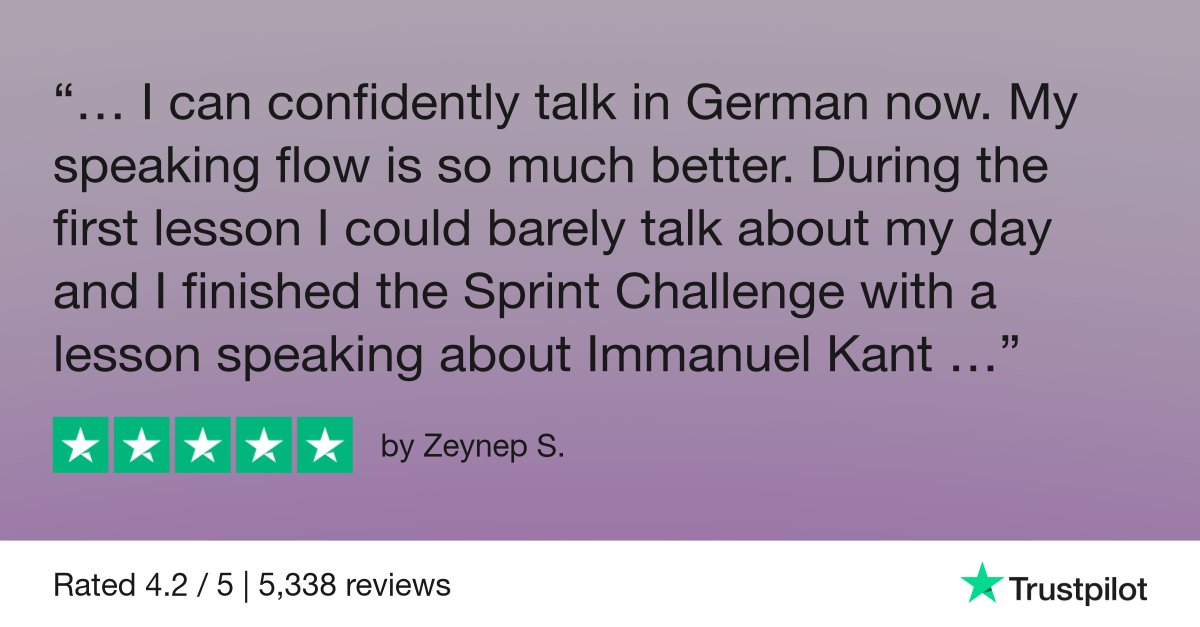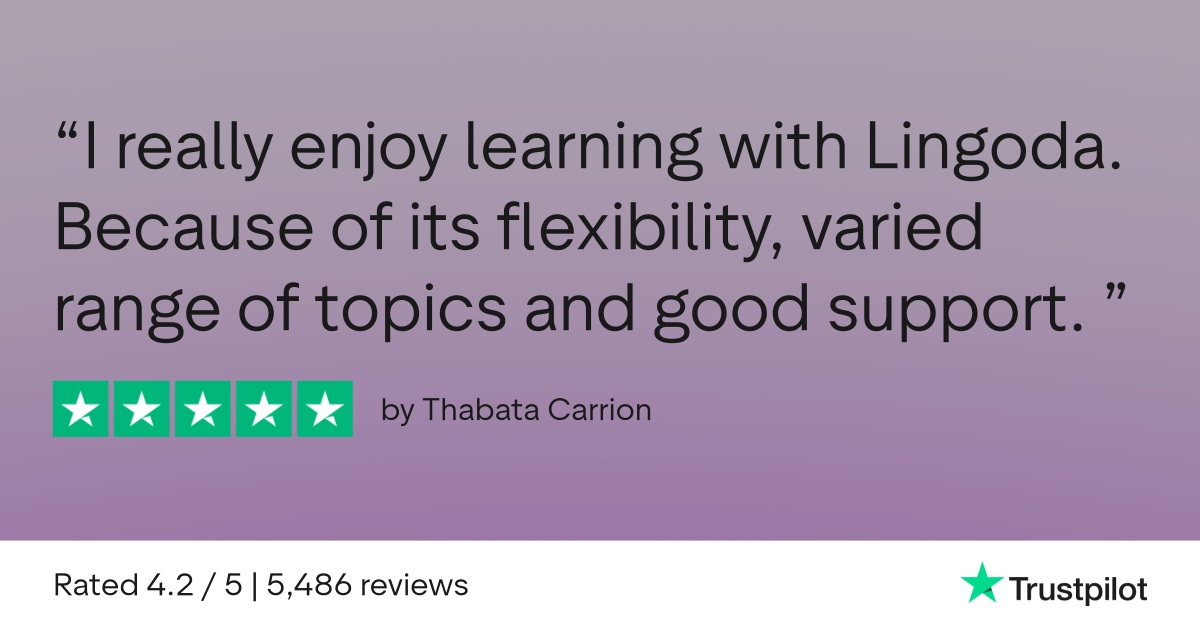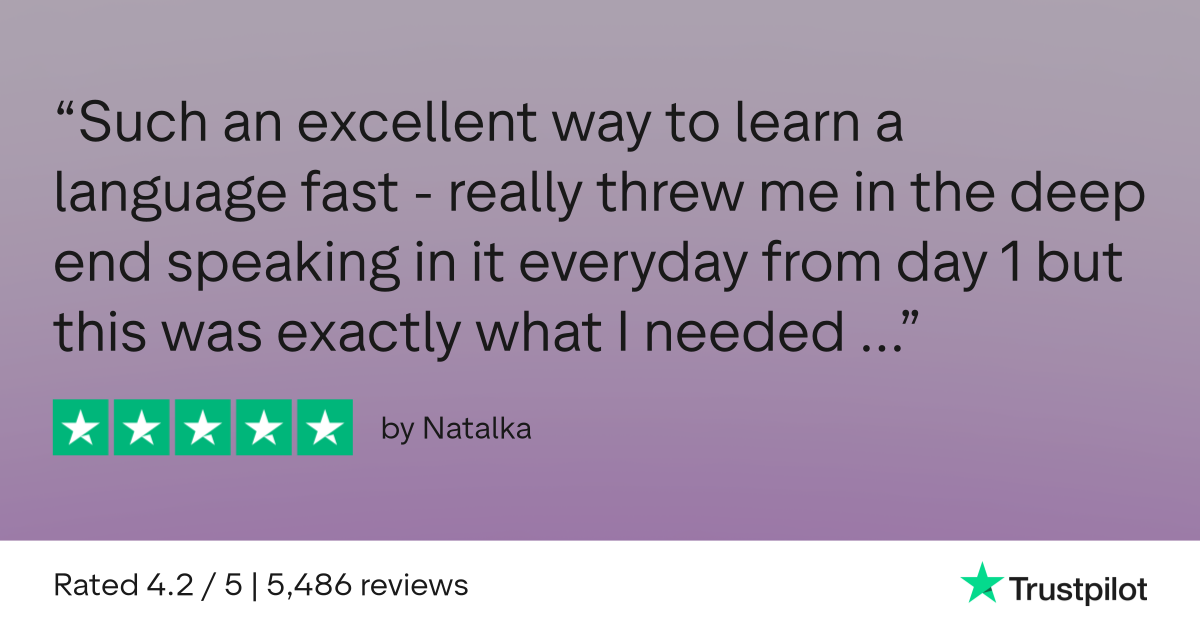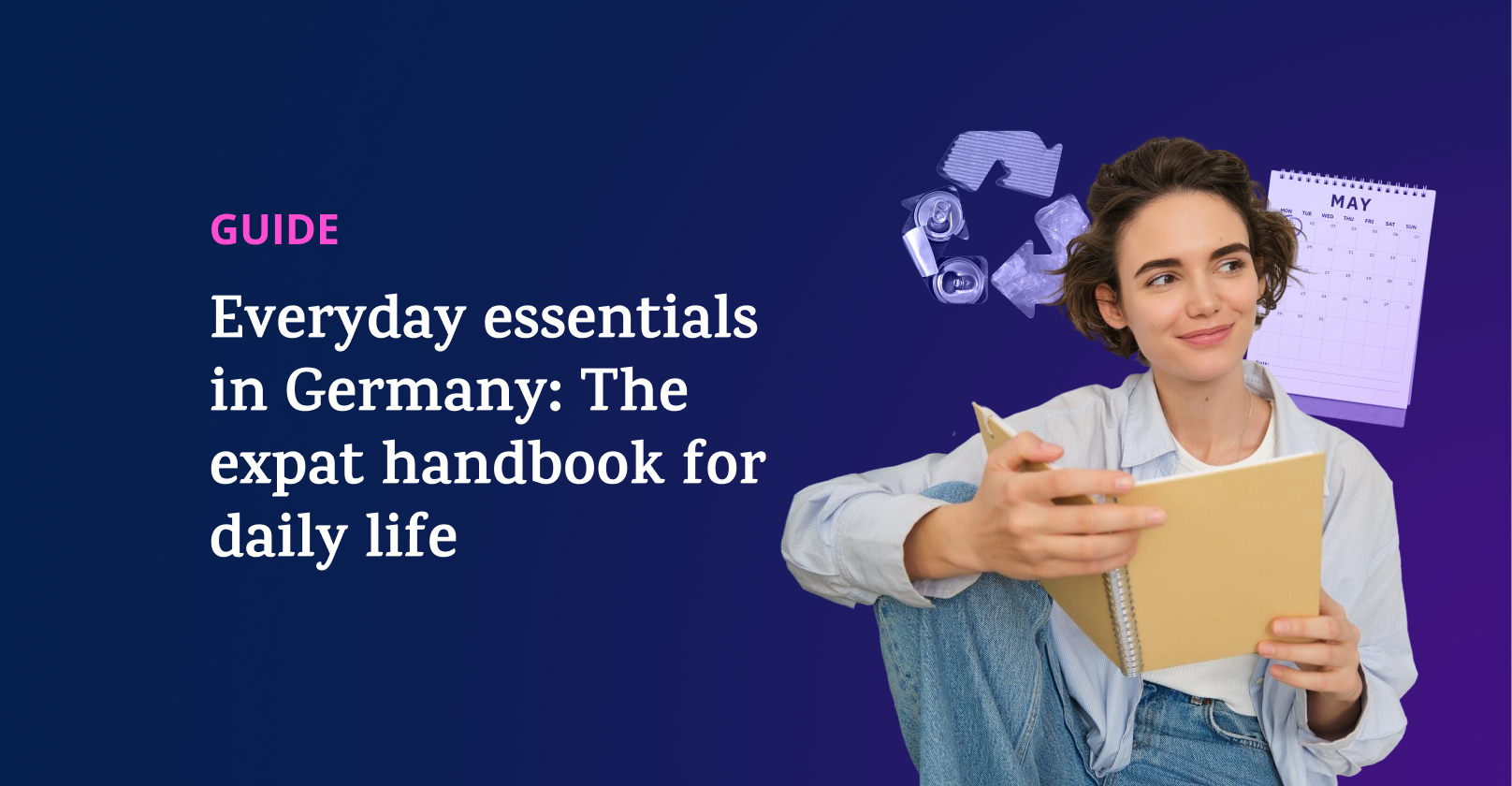How to use ‘wie’ in German
Wie in German is a short but remarkably versatile word.

You’ll come across it when asking a coworker how they’re doing, explaining to your landlord how the radiator behaves or comparing prices at the supermarket. Because it appears in so many everyday contexts, using wie correctly is a key step toward fluency.
In this article, we explore its core meaning and show how it functions in questions and comparisons. You’ll also learn when to use als instead of wie with examples that highlight how these rules apply in real-life situations.
What ‘wie’ means in German
The meaning of wie in German goes beyond its common translation as “how.” It shifts depending on context, ranging from questions to comparisons and clause connectors.
Core meaning and translation
The core meaning of this word is “how” in questions or descriptions and “as” or “like” in comparisons. It can function as an adverb or subordinating conjunction:
- Wie geht’s? (How are you?) → Here, wie is used as an adverb and question word
- Er ist so groß wie ich. (He’s as tall as I am.) → Here, wie acts as a comparative conjunction
- Sie zeigt mir, wie man die Aufgabe korrekt erledigt. (She shows me how to do the task correctly.) → Here, wie serves as a subordinating conjunction
‘Wie’ as a question word
Wie is often used in direct questions to ask about a condition or a manner. It typically follows the structure wie + verb + subject:
- Wie heißt du? (What’s your name?)
Wie can also combine with other words to ask about quantity, frequency or duration:
- Wie viel kostet das? (How much does that cost?)
- Wie viele Mitarbeiter nehmen am Meeting teil? (How many employees are attending the meeting?)
- Wie oft gehst du ins Fitnessstudio? (How often do you go to the gym?)
‘Wie’ for comparisons of equality
Another important function of wie in German is expressing equality when comparing two elements:
- Mein Auto ist wie deins. (My car is like yours.)
Often, wie is preceded by adverbs to form structured comparisons:
- so … wie highlights degree → Sie ist so alt wie ich. (She is as old as I am.)
- genauso … wie emphasizes exact equivalence → Er ist genauso freundlich wie du. (He is just as friendly as you.)

Learn German with Lingoda
How it works

When to use ‘als’ instead of ‘wie’
While wie is used for equal comparisons, als, meaning “than”, expresses inequality between two elements:
- Ich bin größer als du. (I’m taller than you.)
- Ich bin so groß wie du. (I’m as tall as you.)
When comparing unequal things in German, adjectives typically take the comparative form adjective + -er, sometimes with an Umlaut added to the stem vowel.
| Comparison conjunction | Comparison type | Sentence structure | English translation |
| wie | equality | so/genauso + adjective + wie | “as … as” |
| als | inequality | comparative adjective + -er (and Umlaut) + als | “more/less … than” |
Other uses of ‘wie’ in context
‘Wie’ in phrases and idioms
Wie in German can also appear in everyday expressions and idioms, usually meaning “like” or “as”:
- Er rennt wie der Wind. (He runs like the wind.)
- Sie strahlt wie die Sonne. (She shines like the sun.)
Many common phrases are built around wie, mostly referring back to previous statements or describing habitual actions:
- wie gesagt (as mentioned)
- wie immer (as always)
- wie geplant (as planned)
Another example is als ob, which introduces hypothetical comparisons, often requiring the subjunctive mood:
- Sie tut, als ob sie alles wüsste. (She acts as if she knew everything.)
‘Wie’ in embedded clauses
An important role of wie in German is as a subordinating conjunction, used to introduce dependent clauses within a larger sentence. In this case, wie translates to “how” and describes the way something happens:
- Ich weiß nicht, wie er das macht. (I don’t know how he does it.)
In this example, wie introduces the embedded clause “wie er das macht”, which depends on the main clause “ich weiß nicht”. It connects the two parts and causes the verb (macht) to move to the end of the subordinate clause.
When do you use ‘wie’ vs ‘als’?
Use wie for equal comparisons and als for unequal ones.
Can ‘wie’ be used as an adverb or conjunction?
Yes, wie can be used both as an adverb and as a conjunction. As an adverb, it appears in questions; as a conjunction, it’s used in equal comparisons and in clauses that describe how something is done.
Final thoughts on using ‘wie’ correctly in German
Using wie in German means understanding its subtle nuances and grammatical roles as an adverb in questions, as a comparative conjunction in equal comparisons and as a subordinating conjunction in embedded clauses that describe how something happens. While not difficult to grasp on its own, mastering wie requires familiarity with broader grammatical structures, such as the syntax of main and subordinate clauses, verb moods like the past participle and vocabulary items like oft and viel that often appear in comparative contexts.If you’re looking for structured support on your journey to mastering wie and the grammar that surrounds it, Lingoda’s German A1 and A2 courses might be the right fit. With certified native-level teachers and flexible learning paths, you’ll learn the language in real-life contexts at your own pace.

Learn German with Lingoda
How it works














